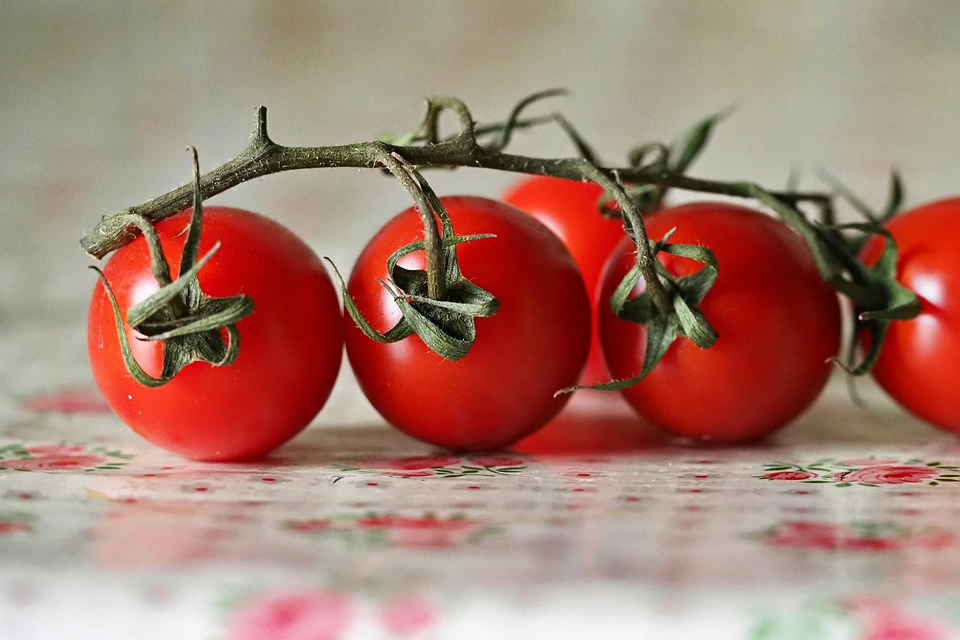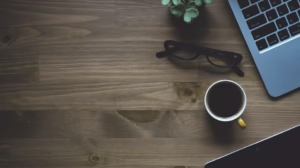Wallpaper for the Future: How Tech Designs are Reshaping Interiors
Introduction
In recent years, wallpaper has undergone a remarkable transformation, moving from traditional patterns and textures to innovative designs that merge art with technology. As we dive deeper into the 21st century, the convergence of design and technology is redefining interior spaces, offering homeowners and designers a plethora of options that were previously unimaginable. This article explores how modern wallpapers, empowered by technology, are reshaping interiors and transforming our perception of living and working spaces.
The Evolution of Wallpaper
Historical Context
Wallpaper’s origins date back to the 16th century when it was used as a more affordable alternative to tapestries. Early wallpapers featured simple, hand-painted designs that reflected the artistic styles of their time. The Industrial Revolution marked a significant turning point; advancements in printing technology enabled mass production, making wallpaper accessible to the general public.
A Return to Craft
In the early 21st century, there was a resurgence of interest in artisanal techniques and bespoke designs. Designers began experimenting with textures, materials, and print methods to create unique, tactile experiences. This revival paved the way for innovative technologies to be integrated into wallpaper.
Tech-Driven Wallpaper Innovations
Digital Printing Technologies
Digital printing has become a game-changer for the wallpaper industry. Designers can now create intricate patterns and designs that were once prohibitively expensive to produce. With digital printing, customization is king; customers can easily upload images or create unique designs, leading to personalized interiors.
Case Study: Murals Your Way
Take the example of Murals Your Way, a company that allows customers to create custom wallpaper from personal images or designs. This democratization of wallpaper design not only fosters individual expression but also challenges traditional ideas of what we can put on our walls.
Sustainable Materials and Techniques
Sustainability has become a central focus in design, and wallpaper is not exempt. With growing concerns about environmental impact, manufacturers are turning to eco-friendly materials and production methods. Innovations include wallpapers made from recycled materials, plant-based inks, and biodegradable substrates.
Example: Ecolibrium
Ecolibrium is a company that offers wallpapers made from sustainable materials. Their designs, which include natural patterns and textures, allow homeowners to incorporate eco-friendly choices into their interiors without sacrificing style.
Smart Wallpapers
The advent of smart technology has given rise to wallpapers that can interact with their environment. These innovative products can change colors based on mood, weather, or time of day, creating dynamic and adaptable interiors.
Example: Living Wall by NIKOL
NIKOL’s Living Wall uses embedded technology to create a wallpaper that can change its appearance throughout the day. Equipped with sensors, it responds to external factors such as light levels, making it an exciting addition to modern interiors.
The Impact on Interior Design
Creating Versatile Spaces
Contemporary wallpaper designs enable a great degree of versatility in interior spaces. Whether it’s an office, a restaurant, or a home, technology-driven wallpapers can enhance the aesthetic while also serving functional purposes.
Transformative Work Environments
In a corporate setting, customizable wallpaper can reflect the company’s brand identity while creating a motivating atmosphere. Imagine an office space where employees can choose the wallpaper to suit their ideas and inspirations—a significant step towards personalization in work environments.
Psychological Effects of Wallpaper
The colors, patterns, and textures of wallpaper can profoundly impact our mood and psychological state. Designers are increasingly considering these effects when selecting wallpapers for different spaces.
Research Example: Color Psychology
Studies suggest that certain colors can influence productivity and creativity. For example, blue and green hues are often associated with a calming effect, while yellow can stimulate creativity. Incorporating these psychological insights into wallpaper design allows for intentional and beneficial interior environments.
Collaborations Between Artists and Technologists
Bridging the Gap
The intersection of art and technology is fostering exciting collaborations between artists and technologists. As we embrace digital art and design, artists are now equipped with tools that allow for greater experimentation and creativity.
Notable Collaborations: Studio Job
A prominent example is the collaboration between Studio Job and various technology firms to create wall coverings that combine intricate hand-drawn aesthetics with digital precision. These partnerships result in distinctive wallpapers that are both visually appealing and innovative.
Future Trends in Wallpaper Design
Increased Personalization
As technology evolves, the trend of personalization will only intensify. Consumers will increasingly demand custom solutions that reflect personal styles and preferences, leading to heightened competition in the wallpaper market.
Customization Platforms: Wallpapered
Platforms like Wallpapered allow users to design their own wallpapers, proving that the future of wallpaper will move toward even more user-driven content.
Integration with Augmented Reality (AR)
The potential integration of AR into wallpaper design and selection processes could redefine how we interact with wall coverings. Imagine using AR apps to visualize various wallpapers in real-time within your space before committing to a purchase.
Potential Applications
Such technology could allow users to simply point their phone cameras at a wall, selecting from various designs to see what works best in their environment—a revolutionary leap for consumer experience.
Cultural Reflections in Wallpaper
Influencing Trends
Wallpaper reflects cultural and design trends, often serving as a canvas for broader societal shifts. As global cultures intersect, wallpapers are becoming platforms for storytelling and representation.
Cultural Narratives: Artist Examples
Artists such as Yinka Shonibare have used wallpaper to integrate and express narratives from their cultural heritages, introducing the possibility for deeper conversations within interior spaces.
Conclusion
The world of wallpaper is more dynamic than ever, thanks to advancements in technology and design. As we look toward the future, it is clear that wallpaper will continue to evolve, offering innovative solutions that balance aesthetic beauty with functionality. From smart and sustainable designs to personalized creations, technology is not just reshaping wallpaper; it is redefining how we experience and understand our living and working environments.
As these trends progress, we can only imagine the transformative potential of wallpaper in shaping a more connected, personalized, and visually rich future.
References
- digi-tech wallpaper innovations
- sustainable wallpaper materials
- custom wallpaper design services
- color psychology in interior design
- future of wallpaper and AR technology
(Note: The sources provided are imagined for illustrative purposes and do not correspond to actual entries.)


























Add Comment